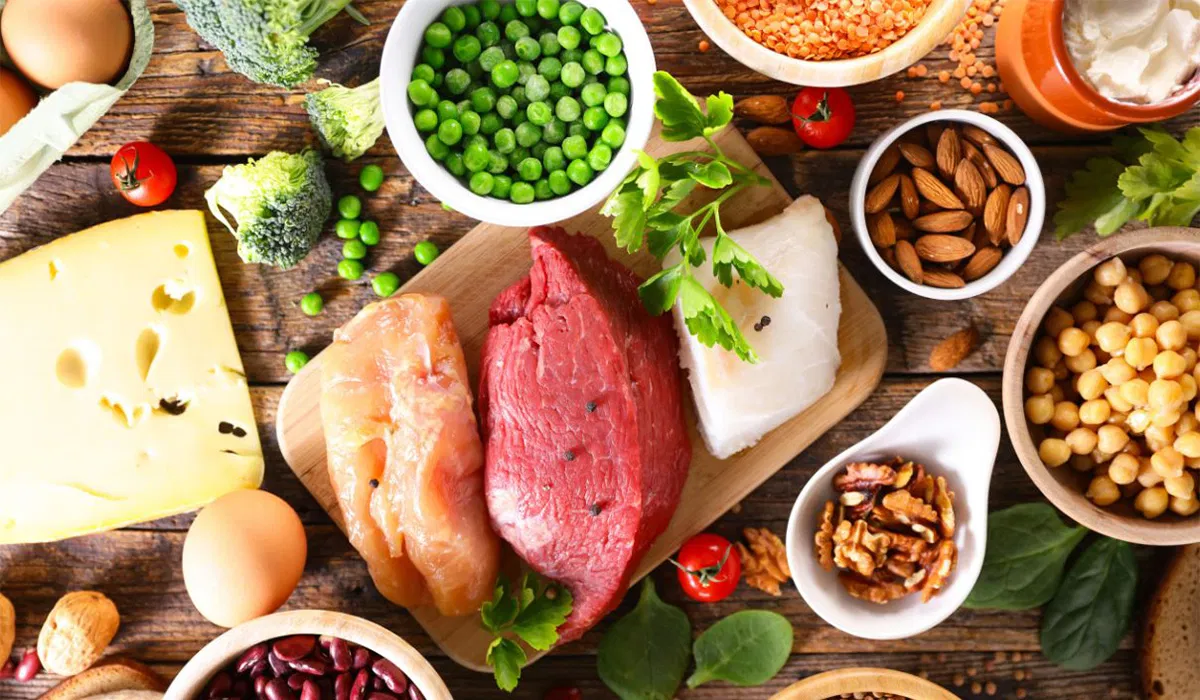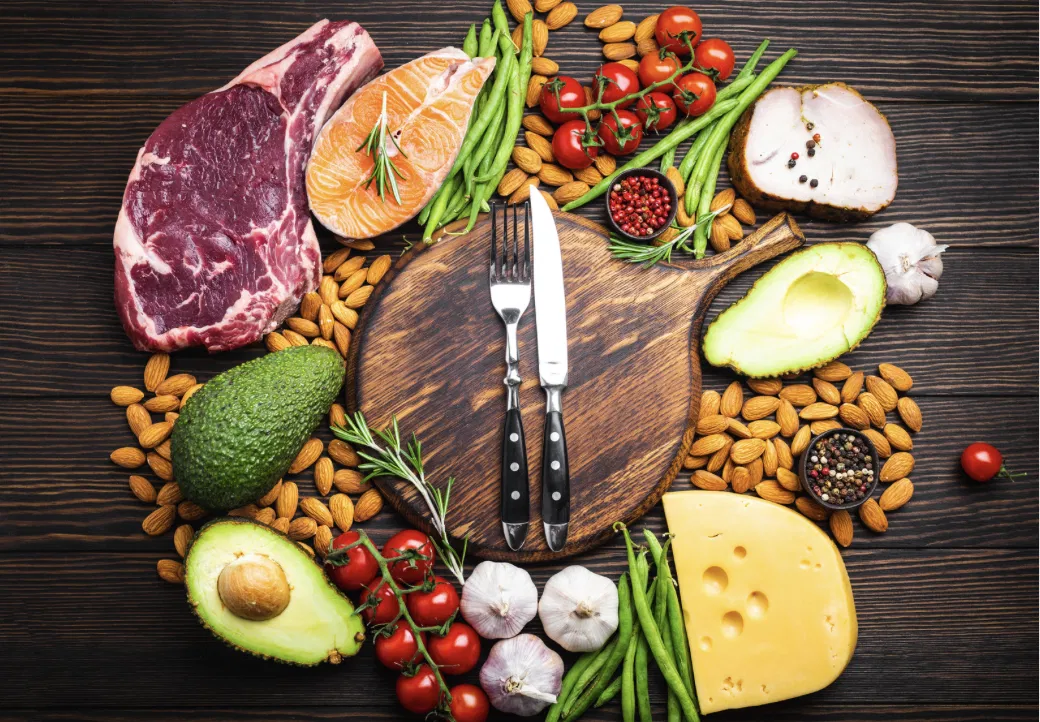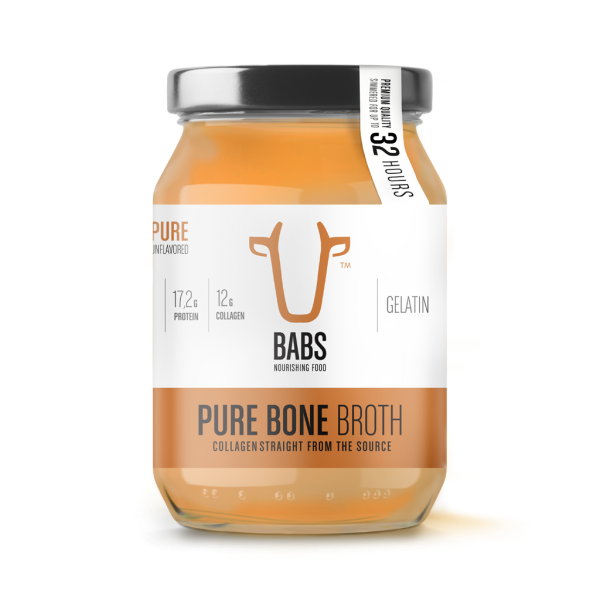Your cart is currently empty!
Fuel muscle growth and recovery with every bite
Why a Minimum of 30g Bioavailable Protein Per Meal Matters
Reading time 4 min
Protein is a crucial macronutrient that supports muscle repair, immune health, and metabolic function. While many people recognize its importance, fewer understand the value of bioavailable protein—protein that is easily digested and utilized by the body. Research shows that consuming at least 30 grams of bioavailable protein per meal can optimize muscle protein synthesi
s (MPS), aid recovery, support weight management, and help maintain muscle mass as we age. Learn more about muscle protein synthesis.
Want a simple cheat sheet to get started? Download your FREE PDF guide to getting 30g of bioavailable protein in every meal!

1. Maximizing muscle protein synthesis (MPS) with 30g of bioavailable protein
MPS is the process where the body repairs and builds muscle tissue. It is essential for maintaining lean muscle mass and overall health. Studies indicate that consuming 25-30 grams of high-quality protein per meal maximizes MPS.
Read about the benefits of 30g protein and 30 minutes of exercise
Leucine, a key amino acid in bioavailable proteins, acts as a trigger for MPS. Around 2.5-3 grams of leucine is needed to activate MPS, which is found in approximately 30 grams of protein from sources like chicken, eggs, or fish. By ensuring each meal contains enough protein, you support continuous muscle repair and growth.
2. Enhancing muscle recovery and growth with 30g protein per meal
After physical activity, the body enters a catabolic state where muscle breakdown occurs. To reverse this, consuming 30 grams of bioavailable protein per meal within 1-2 hours after exercise helps the body shift from muscle breakdown to muscle building.
For those engaging in intense exercise or endurance activities, protein intake becomes even more vital. Without enough protein from high-quality sources, recovery times increase, and muscle mass may decline, especially during calorie restriction.
3. Protein’s role in satiety and weight management
Protein helps control appetite and supports weight management. It is more satiating than carbohydrates and fats, meaning that 30 grams of protein per meal can help you stay fuller for longer and reduce unnecessary snacking.
Additionally, protein has a higher thermic effect of food (TEF), meaning the body burns more calories digesting protein compared to fats or carbohydrates. This makes it an effective tool for fat loss and maintaining a healthy weight.
4. Preventing muscle loss as we age with 30g protein per meal
As we age, muscle mass naturally declines, leading to sarcopenia—a condition that can decrease strength and mobility. Consuming at least 30 grams of bioavailable protein per meal is crucial in preventing muscle loss and maintaining functionality.
Older adults should focus on high-quality, easily digestible proteins to preserve muscle, reduce the risk of falls, and maintain independence.
More on protein intake and aging.
5. Boosting metabolism and supporting lean body mass
Protein supports lean muscle mass, which directly impacts metabolic health. The more muscle you have, the more calories you burn at rest. Eating 30 grams of bioavailable protein per meal helps maintain this metabolic advantage, especially during weight loss phases.
By prioritizing protein-rich meals, you can support muscle retention, improve body composition, and enhance long-term weight management.
Ready to take the guesswork out of eating enough protein? Sign up here and get your free guide to 30g of high-quality bioavailable protein in every meal.
What Is Bioavailable Protein and Why Does It Matter?
Not all proteins are equal. Bioavailable protein refers to how efficiently the body can digest, absorb, and use the amino acids from a given protein source. Factors like digestibility, amino acid profile, and absorption efficiency determine a protein’s bioavailability.
Animal-based proteins such as chicken, fish, eggs, and dairy have high bioavailability, meaning they contain all essential amino acids and are easily absorbed. For example, eggs and whey protein have a perfect Protein Digestibility Corrected Amino Acid Score (PDCAAS) of 1.0.
On the other hand, many plant-based proteins—such as beans, lentils, and grains—have lower bioavailability due to fiber, anti-nutrients (like phytates), and incomplete amino acid profiles. However, plant-based eaters can combine different protein sources (e.g., beans and rice) to create a complete amino acid profile.
Understanding protein bioavailability.
High vs. Low Bioavailable Protein Sources
High Bioavailability:
- Eggs: 1 large egg provides ~6g of high-quality protein.
- Chicken breast: 100g contains ~31g of protein.
- Whey protein: A scoop provides ~20-25g of complete protein.
- Fish: 120g of salmon provides ~30g of protein.
- Beef : 100g of steaks contains ~ 25-26 g of protein.
Low to Moderate Bioavailability:
- Lentils: 1 cup of cooked lentils contains ~18g of protein but lacks some essential amino acids.
- Quinoa: 1 cup provides ~8g of protein, but it’s less bioavailable than animal proteins.
- Wheat and rice: These grains have lower bioavailability and should be paired with other plant proteins.
Conclusion: Prioritize Bioavailable Protein for Optimal Health
Aiming for 30 grams of bioavailable protein per meal is essential for maximizing muscle protein synthesis, promoting recovery, managing weight, and supporting metabolic health. Whether you’re an athlete, an older adult, or simply focused on healthy living, prioritizing high-quality protein sources like eggs, chicken, and fish can significantly improve long-term health.
For those on plant-based diets, combining different protein sources ensures all essential amino acids are met. By focusing on bioavailable protein, you enhance muscle health, metabolism, satiety, and overall well-being.
Want to apply what you’ve just learned? Sign up here to get your FREE PDF on how to hit 30g of bioavailable protein in every meal!
Stay strong, stay energized,
Barbara Rubin | Founder of BABS FIT & BABS Bone Broth
You may also like

30g Protein + 30 Min Exercise: The Key to Strength & Fat Loss
The simple daily formula for fat loss, energy, and strength…

Why Wild Bone Broth is a Perfect Addition to Your Kitchen
Enhance Your Meals with a Nutrient-Rich Superfood Why Wild Bone…

Eating While Traveling
How to Stay Healthy Reading time 4 min Traveling is a…

The Unique Quality of Our Bone Broth
Pure Gelatin Excellence for Every Need Reading time 6 min Our…
Need help, got a question?
Let one of our experts be of service!
Reach out to us
We have many standard questions answered on our FAQ page,
but for any specific questions feel free to contact us any time at:
CUSTOMER CARE
EXPLORE
HIGH IN PROTEIN | PROVIDES COLLAGEN






